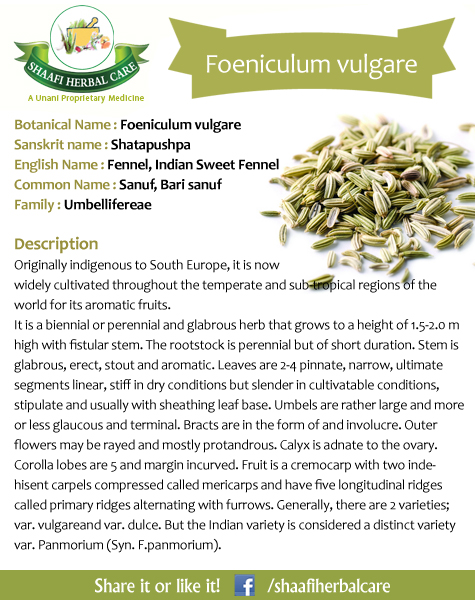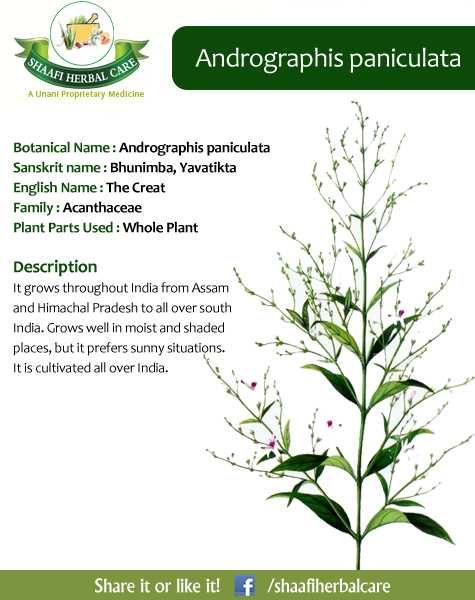Botanical Name : Acacia nilotica/ arabica.
Sanskrit name : Babbula,
English Name : Indian Gum Arabic Tree, Black Babool
Plant part Used: Bark
Description of Acacia nilotica/ arabica. :
It grows throughout the drier parts of India. It is a moderate-sized, almost evergreen tree with a short trunk, and a spreading crown. The bark is dark brown to almost black, longitudinally fissured or deeply cracked. Leaves are 2-pinnate and the main rachis has glands. Stipular spines are variable. Leaflets are subsessile and glabrous. Flowers golden-yellow, fragrant, crowded in long-stalked globose heads, forming auxiliary clusters of 2-5 heads. Pods are stalked, flat, compressed 7.5-15.0 cm in length and contracted between the circular seeds. Three subspecies are recognized in India |
|
Principal Constituents:
It contains gallic acid, m-digallic acid,(+)-catechin, chlorogenic acid, gallolyated flavan-3,4-diol and robidandiol (7,3′,4’5′,-tetrahydroxyflavan-3,4-diol)1.
Pharmacology:
It has spasmogenic, vasoconstrictor, anti-hypertensive, antispasmodic, anti-inflammatory and anti-platelet aggregatory activity.
Toxicology:
nilotica, at 2% and 8% levels, has a low toxicity potential. In a survey of potentially allergenic plants in Pondicherry, it was reported likely to cause pollen allergy.
Indications:
It is astringent, demulcent, aphrodisiac, tonic and antipyretic. It is used in conditions of bleeding gums, mouth ulcers and genitourinary disorders.
Disclaimer:
The authenticity of the above information are not verified and established by us. You are requested to get it verified. The above given information are collected from various sources may be used for academic purpose. |



